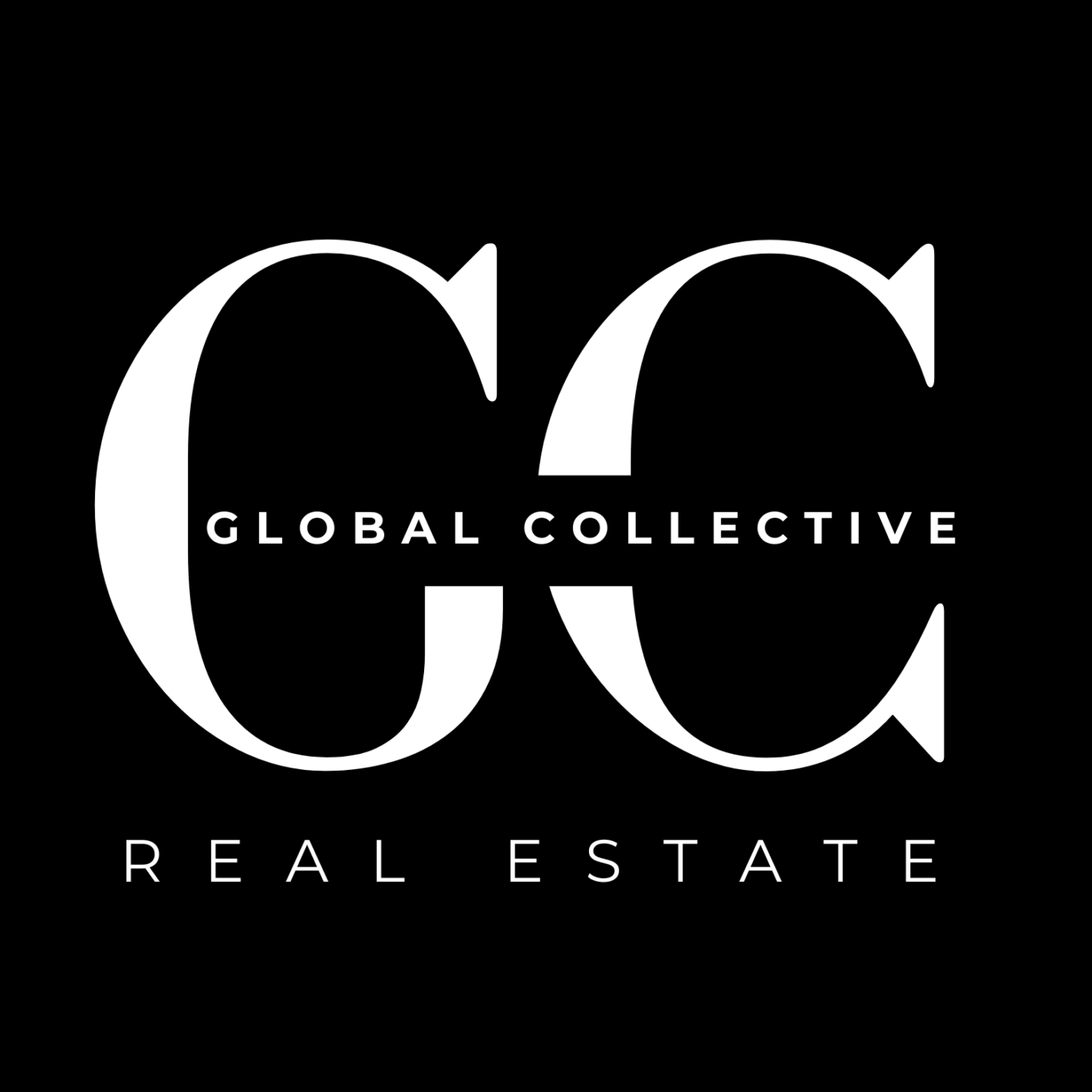There are a multitude of factors to consider when it comes to purchasing a home, and one of the most important decisions you will have to make is selecting the right mortgage loan option. With so many different types of mortgages available, each with their own unique features and benefits, it can be overwhelming for first-time home buyers to navigate through the options and find the best fit for their financial situation.
To make the process a little easier, here is a beginner’s guide to understanding the various mortgage loan options:
1. Conventional loans: Conventional loans are the most common type of mortgage and are not insured or guaranteed by the federal government. These loans typically require a higher credit score and a larger down payment compared to government-insured loans. Conventional loans offer more flexibility in terms of loan terms and interest rates.
2. FHA loans: FHA loans are insured by the Federal Housing Administration and are designed for first-time home buyers or those with less-than-perfect credit. These loans have lower down payment requirements and more lenient credit score requirements compared to conventional loans. FHA loans also offer competitive interest rates.
3. VA loans: VA loans are guaranteed by the Department of Veterans Affairs and are available to eligible veterans, active-duty service members, and their spouses. These loans offer no down payment and no private mortgage insurance requirements, making them an attractive option for those who qualify.
4. USDA loans: USDA loans are backed by the U.S. Department of Agriculture and are designed for low-to-moderate income borrowers in rural areas. These loans offer low or no down payment options and competitive interest rates. USDA loans also have income restrictions and property eligibility requirements.
5. Jumbo loans: Jumbo loans are designed for borrowers who need to finance a higher-priced home that exceeds the conforming loan limits set by Fannie Mae and Freddie Mac. These loans typically require a higher down payment, a strong credit score, and a lower debt-to-income ratio.
6. Adjustable-rate mortgages (ARM): With an adjustable-rate mortgage, the interest rate fluctuates based on market conditions. These loans typically start with a lower interest rate compared to fixed-rate mortgages, but they can increase over time, potentially causing higher monthly payments.
7. Fixed-rate mortgages: Fixed-rate mortgages have a set interest rate that remains the same throughout the life of the loan. This type of mortgage offers predictable monthly payments, making it easier for borrowers to budget and plan for the future.
When choosing a mortgage loan option, it’s important to consider your financial goals, credit score, down payment amount, and long-term financial outlook. It’s recommended to shop around and compare offers from multiple lenders to find the best loan option that meets your needs and fits your budget. Consulting with a mortgage broker or financial advisor can also provide valuable guidance and help you make an informed decision about the best mortgage loan option for your situation.





















